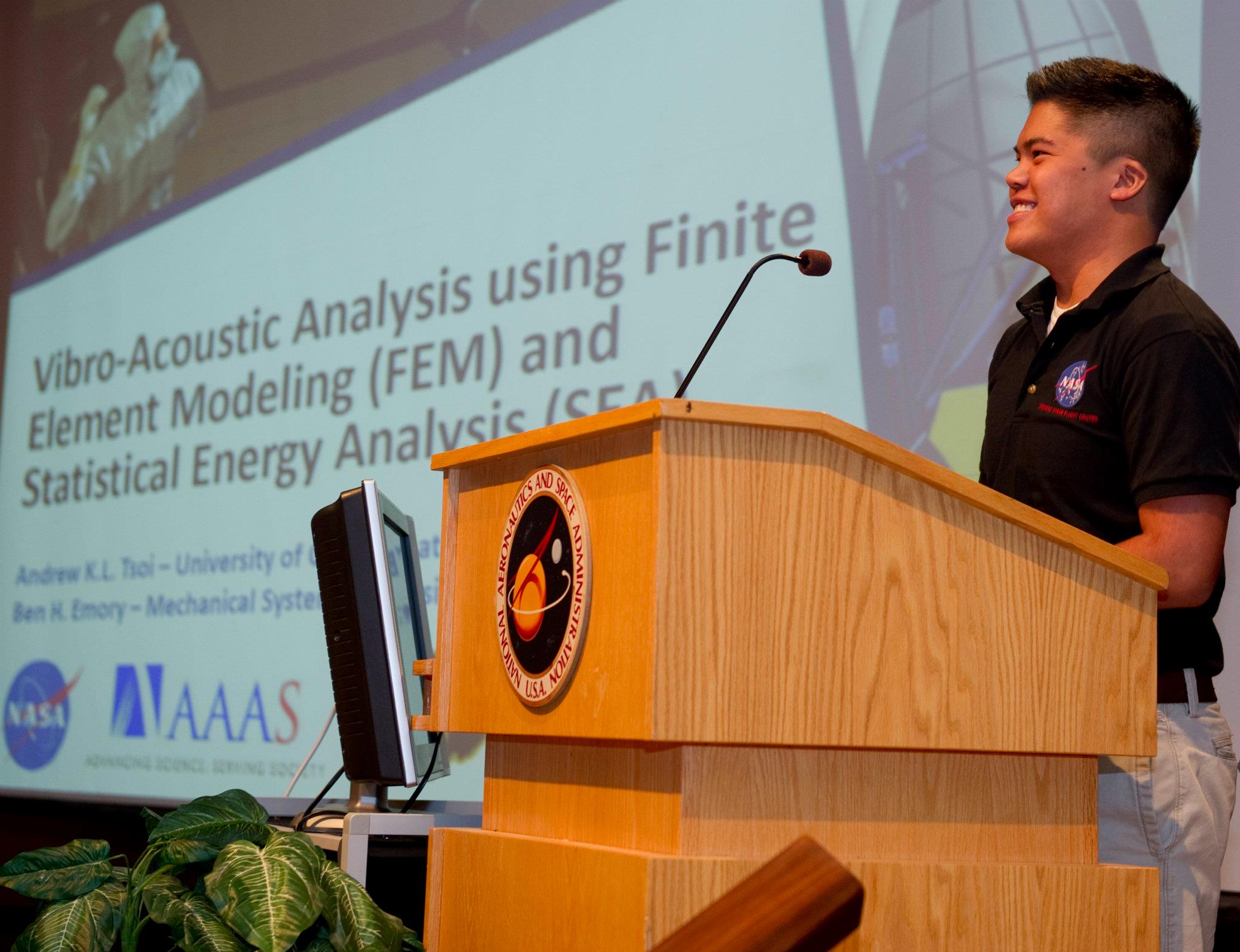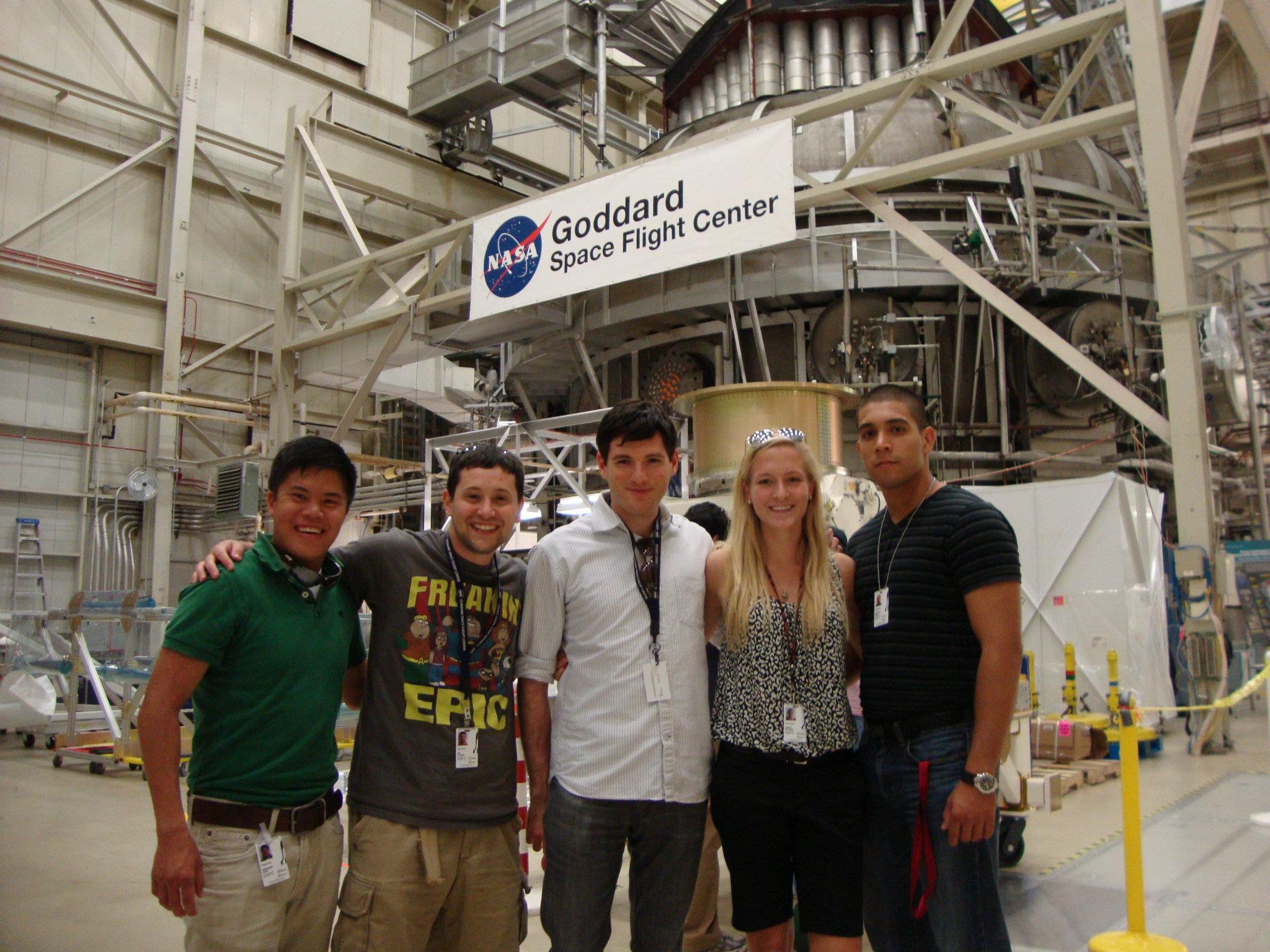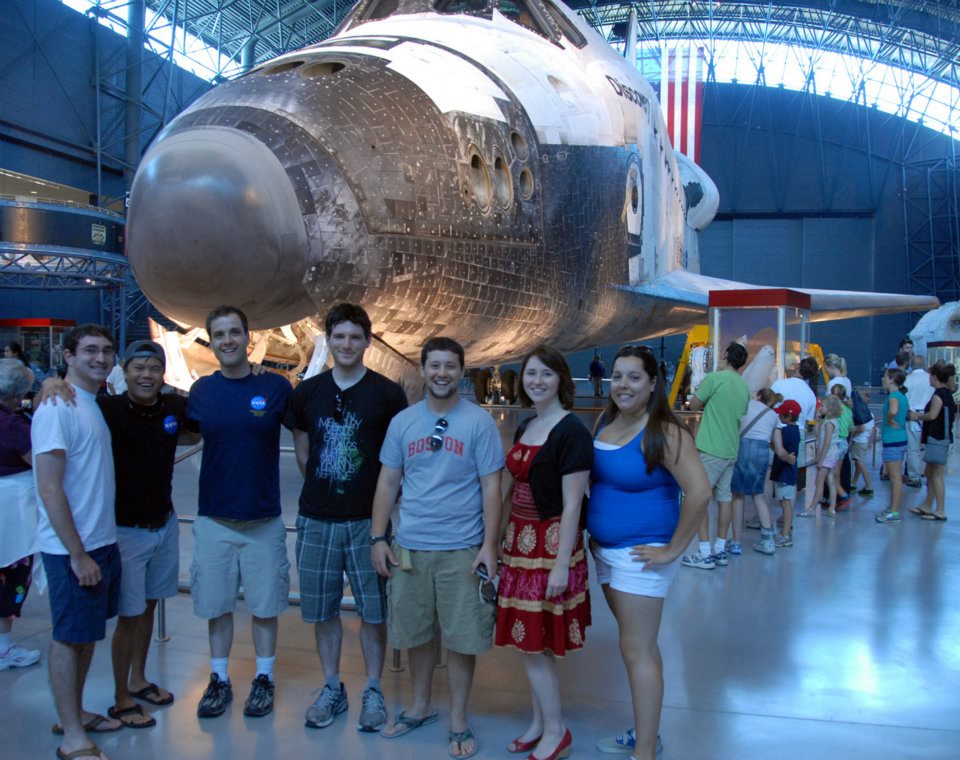Hello! My name is Elizabeth Toller. I just finished my sophomore year at Massachusetts Institute of Technology (MIT), studying physics.
Working for NASA has been my dream since I was 14. Thanks to the many NASA educational programs, I have had multiple chances to experience working for NASA. I spent a year as an intern on the Phoenix Mars Mission, and a summer at Dryden Flight Research Center working with unmanned aircraft. Both of these experiences helped me realize that NASA is a great place to be. This summer, I have been working at Goddard Space Flight Center, Code 665- also known as Astrophysics.
My project is a rather exciting one. I am using data from the Wide-field Infrared Survey Explorer (WISE) to study extreme starburst galaxies, which are galaxies where large amounts of star formation are occurring. In many of these galaxies, the sum weight of the stars formed in a year is well over 50 times the mass of our sun. Take a second and think about that – a year really isn’t that long on astronomical timescales. These galaxies are creating stars extremely rapidly, at a rate that cannot be sustained for very long, because the galaxies will quickly run out of dust to put in the stars. The work I perform here at Goddard will help us understand extreme starburst galaxies better.
Credit: Elizabeth Toller. Elizabeth presents her work at the Intern Poster Session.
Working at Goddard has been an adventure. Almost every week I have attended a lecture or seminar on an interesting topic, such as X-ray astronomy or using satellites to analyze the health of plants. There have been multiple opportunities for free food, an essential in any college student’s diet. However, most of my time has been spent at my desk with my computer, analyzing data. There are days I want to smash my head against the keyboard because nothing is working. Then there are days when everything works, and the data becomes a beautiful, useful graph. The most exciting days are when I get an answer I don’t expect, because that means that I have something new to learn and improve on.
If you have the opportunity to work with NASA, do it. In fact, if you have the opportunity to do anything related to STEM, you should. Check your local university. Most have programs for younger students to get involved in research, and community outreach events where everyone can come and learn about what is happening. And go to this webpage: https://www.nasa.gov/offices/education/programs/index.html . No, really, do it. There is a huge list of things you can get involved with at NASA, no matter what age you are or where you are in your schooling.
The thing is, there is nothing quite like working at Goddard.







